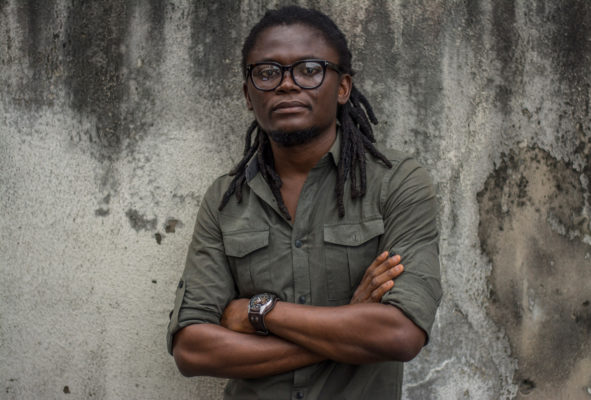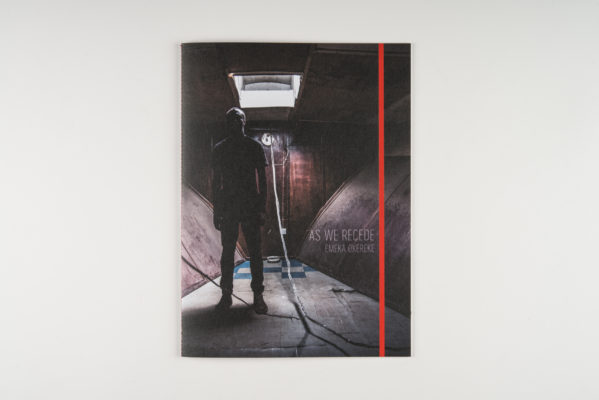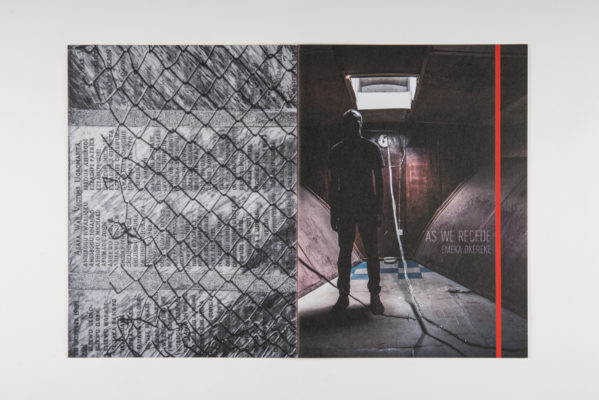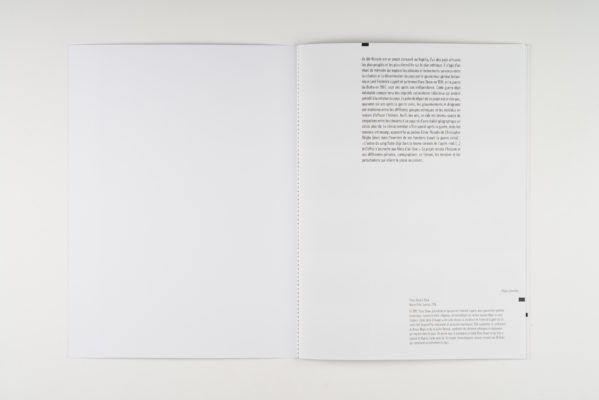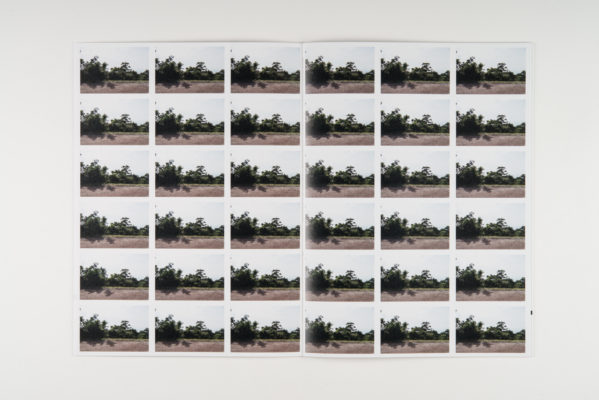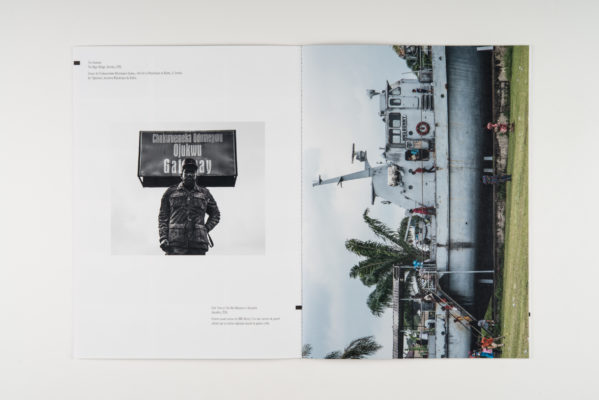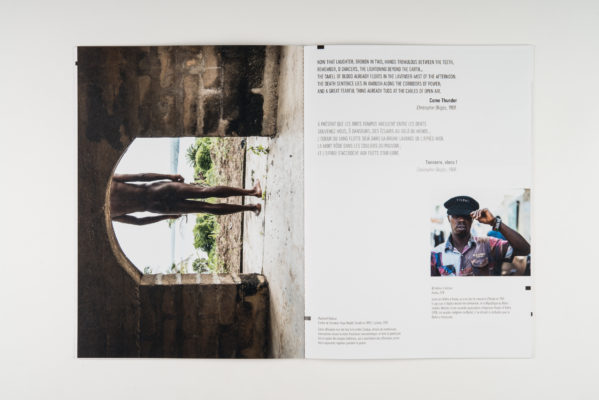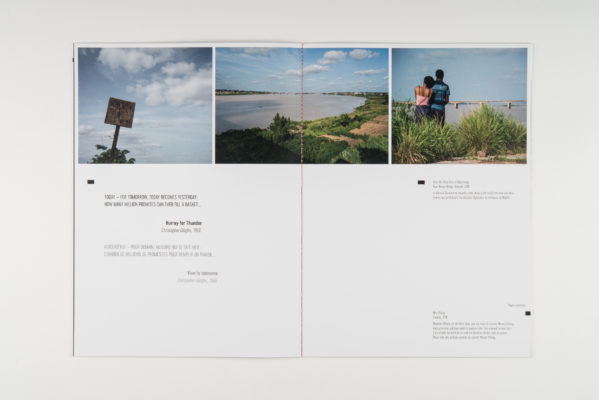Emeka Okereke
Emeka Okereke is a Nigerian photographer who lives and works between Africa and Europe, moving from one to the other on a frequent basis. He came in contact with photography in 2001 while he was a member of the renowned Nigerian photography collective Depth of Field (DOF). In 2008, he received his MA from the National Superior School of Fine Arts of Paris in multi-media, photography video and sound.
Presently, his works oscillate between diverse mediums. He employs mainly photography, timebased medium of video, poetry and performative interventions in the exploration of the central theme of “borders”. His works grapple with the questions of exchange and coexistence in the context of various social-cultural confluences. Another aspect of his practice lies in project organizing: coordinating artistic interventions which promote exchanges cutting across indigenous and international platforms.
He is the Founder and Artistic Director of “Invisible Borders Trans-African Photography Project”, an annual photographic project which assembles up to ten artists from Africa to embark on a creative journey by road, across national borders in Africa and mostly recently extending to Europe.
In 2003, he won the Best Young Photographer award from the AFAA “Afrique en créations” in the 5th edition of the Bamako Encounters, African Biennale of Photography and has exhibited in biennales and art festivals in different cities of the world, notably Lagos, Bamako, Cape Town, London, Berlin, Bayreuth, Frankfurt, Nuremberg, Brussels, Johannesburg, New York, Washington, Barcelona, Seville, Madrid, Paris. His works were featured at the 56th Venice Biennale of Arts under the Invisible Borders presentation A Trans-African Worldspace.
Project
As We Recede
Between the periods of 1950 and 1970 most African countries gained independence from colonial rule. With this came the task of self-actualization and construction of nationalist consciousness – a feat rendered difficult by the extent of ethnic and cultural diversity. For the Prix Elysée, Emeka Okereke would like to explore the sociopolitical entity of contemporary Nigeria with a multimedia project, encompassing photography, video and sound to revisit the incident and eventualities of the Nigeria-Biafra War – giving a fresh perspective on the nuances of this impactful conflict.
“As a departure point, I shall revisit the Nigeria-Biafra War, which took place between 1967 and 1970. Biafra was a secessionist state in the South East of Nigeria that existed from 30 May 1967 to 15 January 1970. After two and a half years of war, during which a million civilians had died in fighting and from famine, Biafran forces agreed to a ceasefire with the Nigerian Federal Military Government (FMG), and Biafra was reintegrated into Nigeria. This war was significant for its symbol as a conflict generated and sustained by the struggle to negotiate terms of exchange and unity between tribes and peoples towards a post-colonial Africa. With the reintegration of Biafra into Nigeria, the stories of the war were buried along with the many lives lost; relegated to the furthermost corners of the nation’s memory in the form of induced amnesia. Today it is no more than a performative gesture which met failure at the lowest step of its utopia.
Although many attempts have been made to recount and articulate the incident, they were mostly from a highly political perspective lending little or no weight to the voice of the ordinary people whose personal lives were greatly marked by the event.
While the events of the war are being treated as an unfortunate parenthesis in the history of things, many are still burdened by ever-fresh memories of impactful experiences. This project therefore proposes that in engaging these stories of personal memories, not only is the prevailing narrative disrupted, a fresh perspective that fleshes out the nuances of the war becomes possible. As an image maker, my approach would be to look at the personal archives (a private museum so to speak) of survivors or their relatives, consisting of objects that serve as memorabilia from the days of the war. This could be in the form of documents, currency notes, photographs, jewelries, clothes or any other significant personal possession. I shall meet with as many individuals as possible through extensive research in all parts of the country. I shall document my encounters by way of video and sound recordings of interviews and conversations. Most importantly, I shall make photographic reproductions of these memorabilia, which I consider relics of a conflict. They carry within them strands of stories preserved in their existence, in each and every dent of usage over the years. The aim is to present the work as photographic/audiovisual installation, followed by a book publication which articulates the entire process of the project.”
